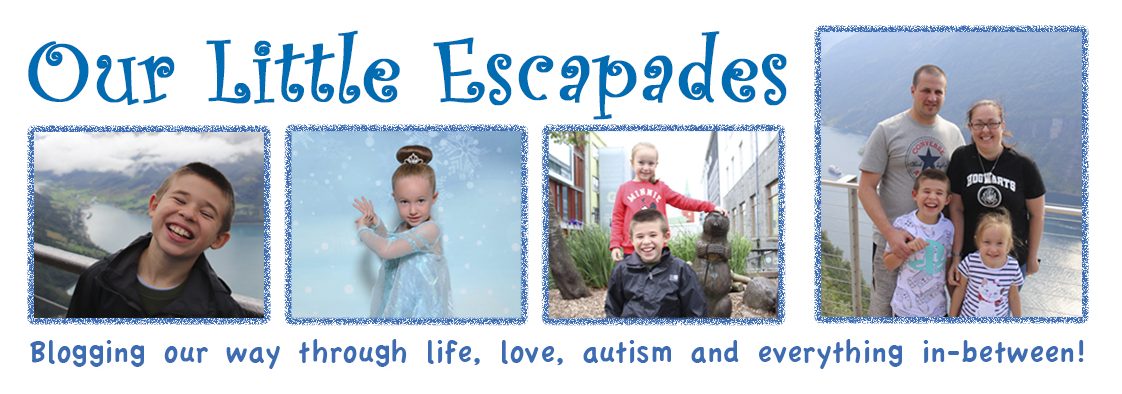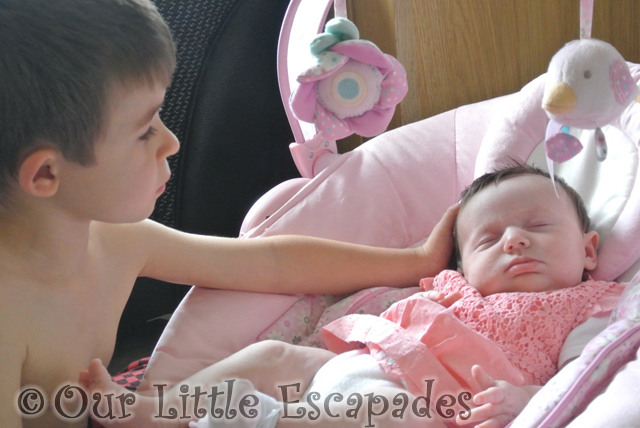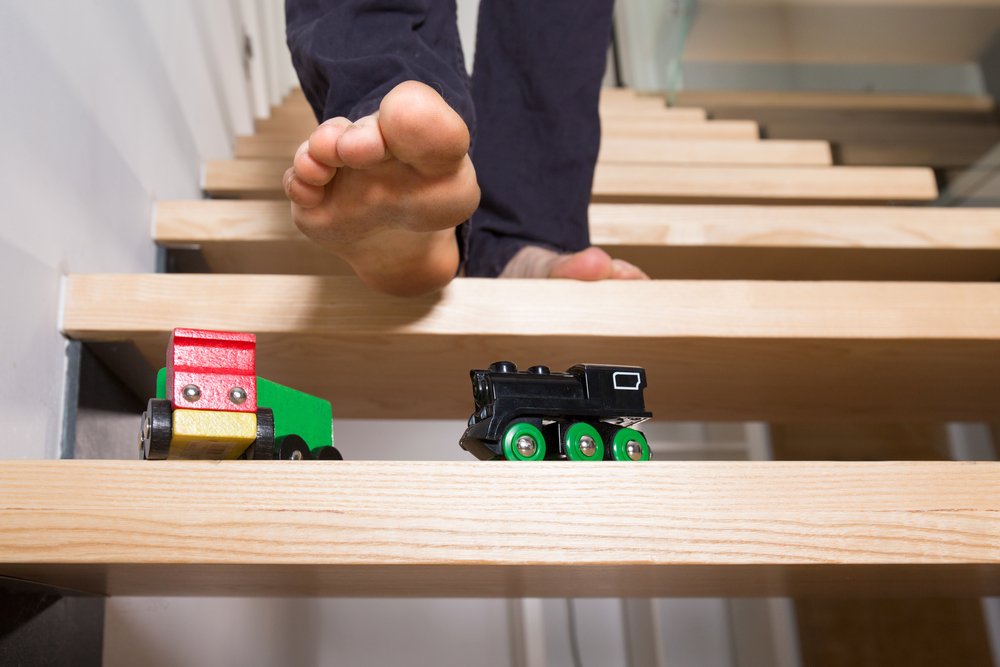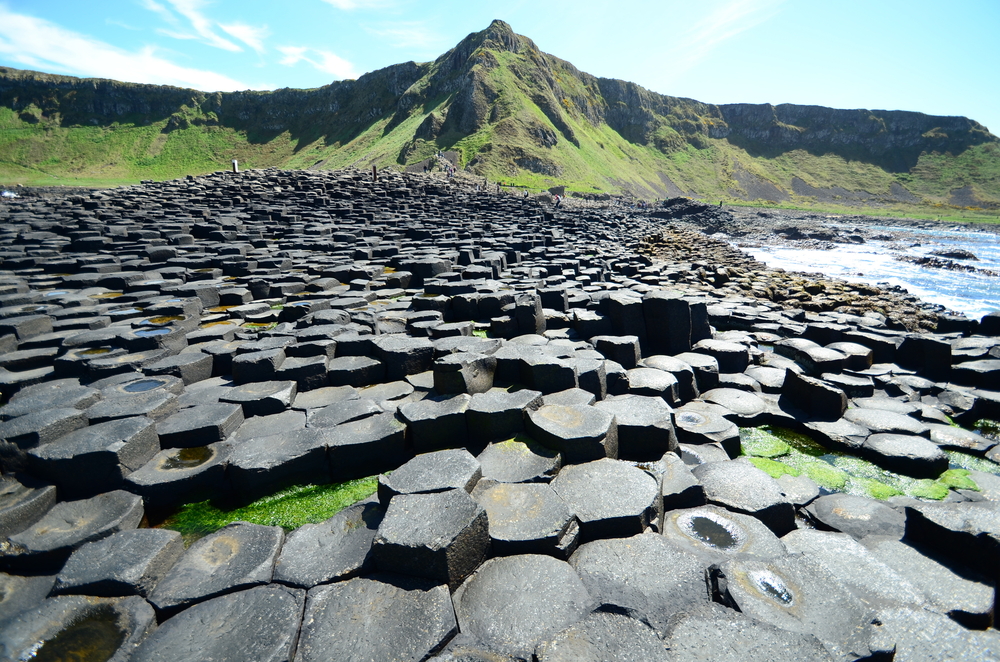Some days blur together. Then there are days that stick. A roaring sound near the lion habitat. Cold air in a cave exhibit. The slow echo in a castle tower. Those moments turn into stories that get told again and again. They feel real, and because they feel real, the learning lasts.
Memory is not only about reading or copying notes. It is about what the body senses and what the mind notices. When a day out brings those together, the brain pays attention. That is why certain trips stay in the head for months, even years.
Why Real Moments Sink In
When something happens right in front of you, the brain builds a clear picture. It is easier to remember pictures than lines on a page. Seeing a barn owl turn its head, or watching a keeper weigh food for a big cat, gives shape to a fact. There is a sound, a smell, a small detail, and those extra bits help the idea stick.
Classroom learning matters. But real scenes add the missing links. A child hears a fact, sees it play out, then connects the two. That chain is strong. It is the reason a single good trip can do more for memory than a week of reading the same topic.
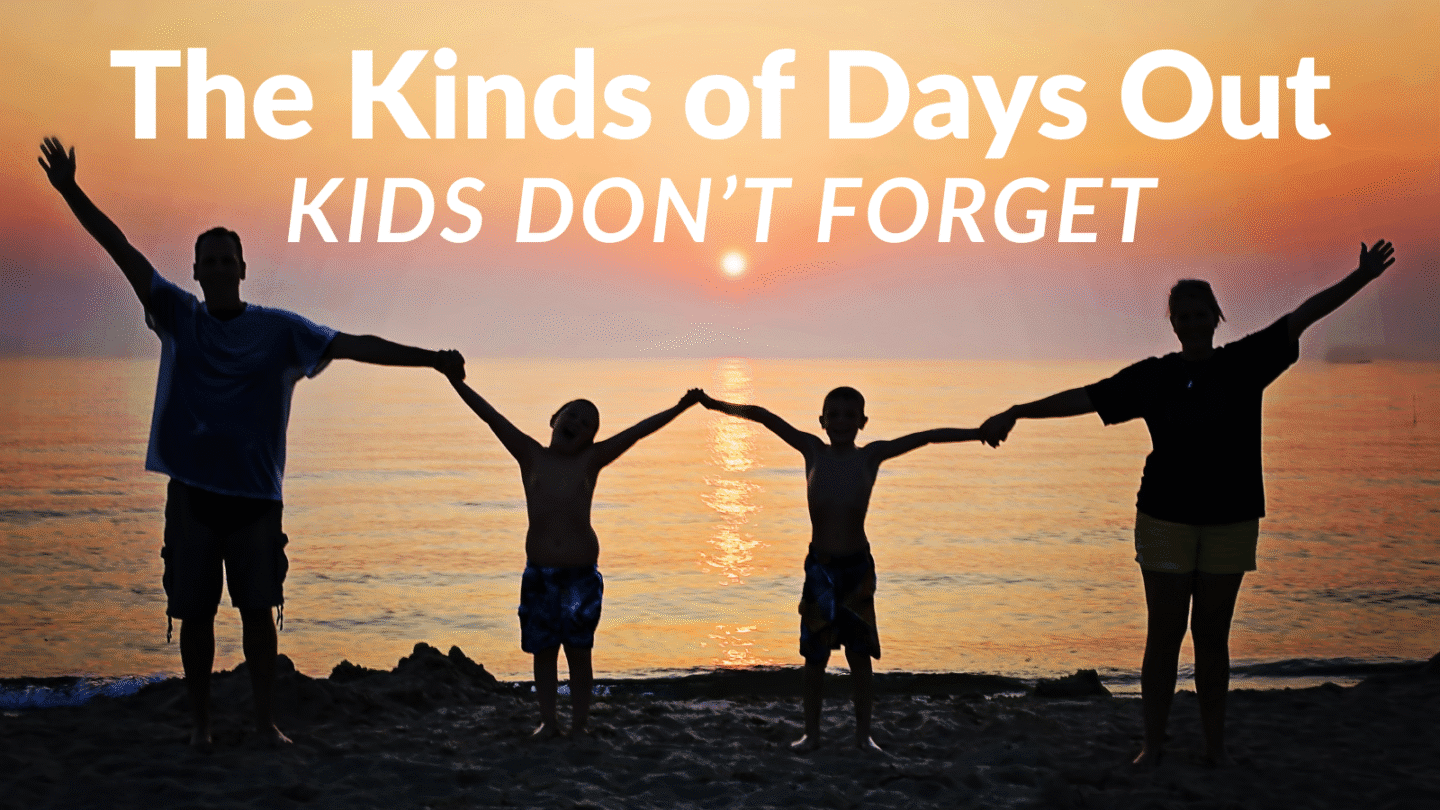
Animals and Wild Moments
Animals teach without trying. A meerkat stands guard, high on a rock, and the job of a lookout makes sense right away. A lemur lands on a branch, tail steady, and balance becomes more than a word. Small things children notice—ears twitching, paws gripping, eyes scanning—turn into answers before anyone even asks a question.
At some zoos, there are also opportunities to see feeding and care up close. Taking part in a Big Cat Experience, for example, lets visitors watch how lions or tigers are looked after and understand how much work goes into keeping them healthy. Seeing those details first-hand makes facts about big cats easier to connect with and remember.
Hands-On Beats Only Watching
Hands-on does not always mean touching. It means having a job to do. Press a button to start a model heart and see valves move. Turn a wheel to change water flow on a small river table and watch how the path shifts. Hold a magnifier to check leaf veins and match them to the plant’s shape. These small actions give the mind a handle. The lesson becomes a thing you did, not just something you heard.
Even tiny tasks matter. Reading a map, counting steps on a tower, measuring a shadow at noon, or sketching a footprint by an animal fence. Each task turns the body into part of the lesson, which boosts memory.
Feelings Lock in the Lesson
Emotion is not extra. It is the signal that says “save this.” A gasp when a hawk swoops close. A laugh when a goat nudges a sleeve. Quiet wonder in a dark aquarium tunnel, with fish drifting past. Strong feelings pull focus to the moment, and focus is the gate to long-term memory.
Calm works too. Sitting still to watch penguins swim in loops can be as powerful as a burst of excitement. Calm focus gives the brain time to notice patterns, and patterns are what help ideas make sense.
Questions at the Perfect Time
Great days out spark questions right when the answer is nearby. Why does that animal pace near the fence? How do penguins stay warm in cold water? What does a keeper do before opening a gate? When a question comes from the child, the answer hits harder. It is not just information, it is a solution to a puzzle they care about.
Adults can help by letting the child lead a little. Instead of giving a speech, try short prompts. “What changed since we got here?” “What are you noticing first?” Those prompts keep curiosity alive without turning the day into a test.
Small Mistakes, Strong Fixes
Mistakes on trips are not problems, they are tools. Mixing up a leopard and a cheetah is common. Pointing out the tear marks on a cheetah’s face, or the rosette spots on a leopard, fixes the idea in a way that lasts. The same goes for science demos. If a bridge made from sticks falls, rebuild it a bit wider. The fix is the part that sticks.
This works because the brain tags the correction as important. It had one idea, then it learned a better one. That change, right next to the real thing, is hard to forget.
Moving Bodies, Active Minds
A lot of good learning happens while walking, climbing, or lining up a view. Movement wakes up attention. It also makes timing natural. Stand by an eagle sign, then look up at the wingspan display, arms stretched. Step onto a weight plate that shows the mass of a sea turtle. These moments turn numbers into clear scales the body can feel.
Short bursts of rest help too. A quick sit on a bench to talk about what was just seen gives space for the brain to sort the new facts. That pause is worth the minute it takes.
Turning a Good Trip into a Strong Memory
A few small habits make a big difference. Start with one simple theme for the day. It could be “how animals move” or “how homes match bodies.” With a theme, the mind knows what to look for. Keep notes that are fast. A word, a sketch, or three dots. “Wide paws,” “long tail for balance,” or a tiny drawing of a track. Those notes act as bookmarks. Later, the bookmark pulls back the whole scene.
Give time for one full minute of watching in each area. No rushing, no chatting, just watching. Patterns show up when the noise drops. End the day with a short share. One surprise, one favourite thing, one question still open. That tiny routine turns a day out into a memory that lasts.
Science Ideas Made Simple
Big words make sense when tied to moments. Adaptation is not a hard term when a child sees thick fur, big paws, or webbed feet and connects them to a place. Conservation becomes a real idea when a sign explains why a species is rare and what care teams are doing. Habitat is not just a label when the air is humid in a rainforest dome and cold by the penguin pool. Real air, real sounds, real movement—those make the ideas clear.
There is also a lesson in care. Watching keepers clean spaces, prep food, check weights, and record notes shows that caring for living things is daily work. That steady rhythm teaches responsibility in a way a list of rules never can.
What Grown-Ups Can Do Without Taking Over
Trips go best when adults support, not control. Offer choices between two paths. Point at clues rather than giving the answer. Ask for a quick “teach back” from the child. When children explain in their own words, memory gets stronger. Photos can help later, but not for a gallery. A close shot of a claw, a track in the mud, or a feeding chart is enough. Add one sentence at home to lock it in.
Keep the plan light. The goal is not to tick boxes. The goal is to build a small set of clear moments that the child can replay.
What Lasts After the Day Ends
The days that stick are the ones with real sights, clear sounds, and honest questions. Not every minute needs to be huge. A few strong moments are enough. When a child feels involved, the mind turns on. When the mind turns on, memory follows. That is why animal encounters, hands-on science, and simple history walk-throughs leave such strong marks. They tie ideas to the world in front of the child.
Quick Wrap-Up You Can Use
Real scenes beat flat pages because they use the senses, spark feelings, and trigger questions at the right time. Hands-on actions give the brain a handle, while small mistakes lead to strong fixes. A short theme, quick notes, a one-minute watch, and a tiny share at the end make the learning last. Plan lightly, follow curiosity, and let the day do the teaching. The memories will do the rest.
DISCLOSURE – This is a collaborative post.
